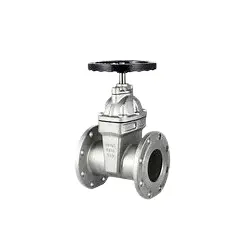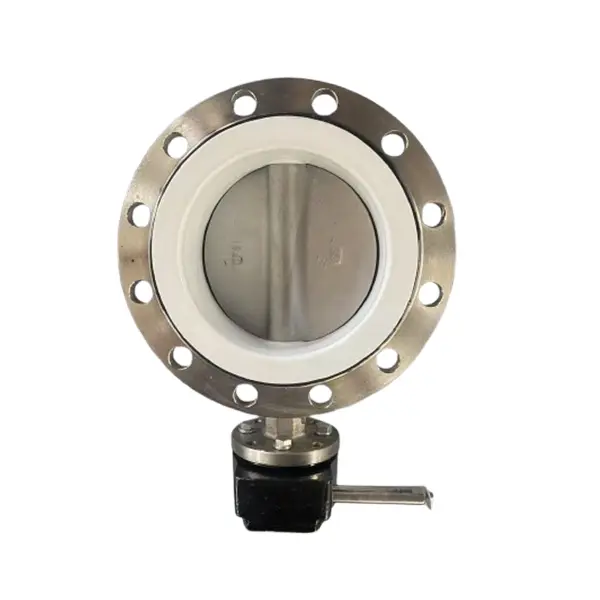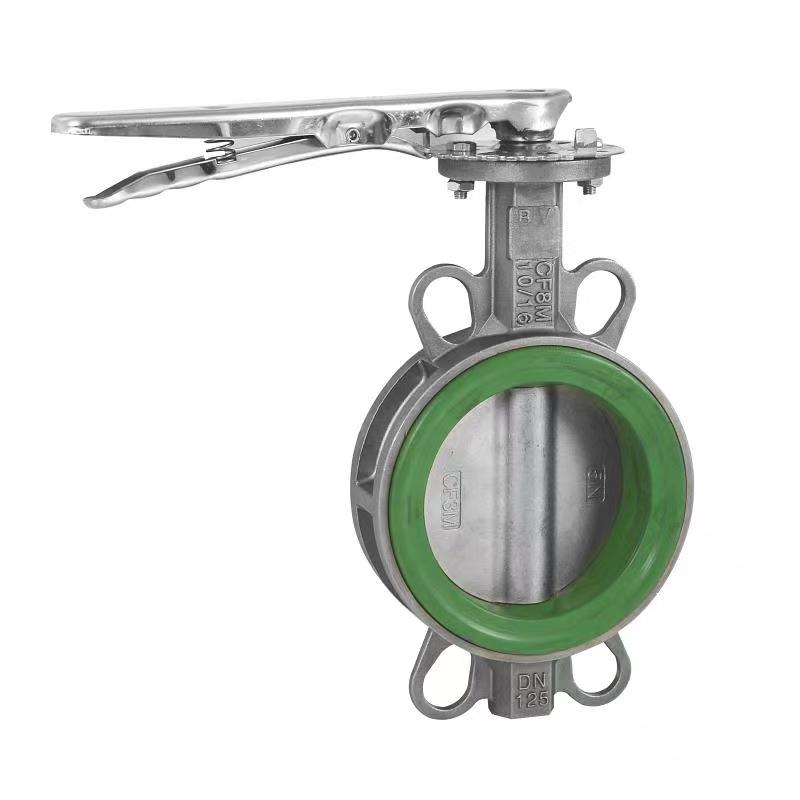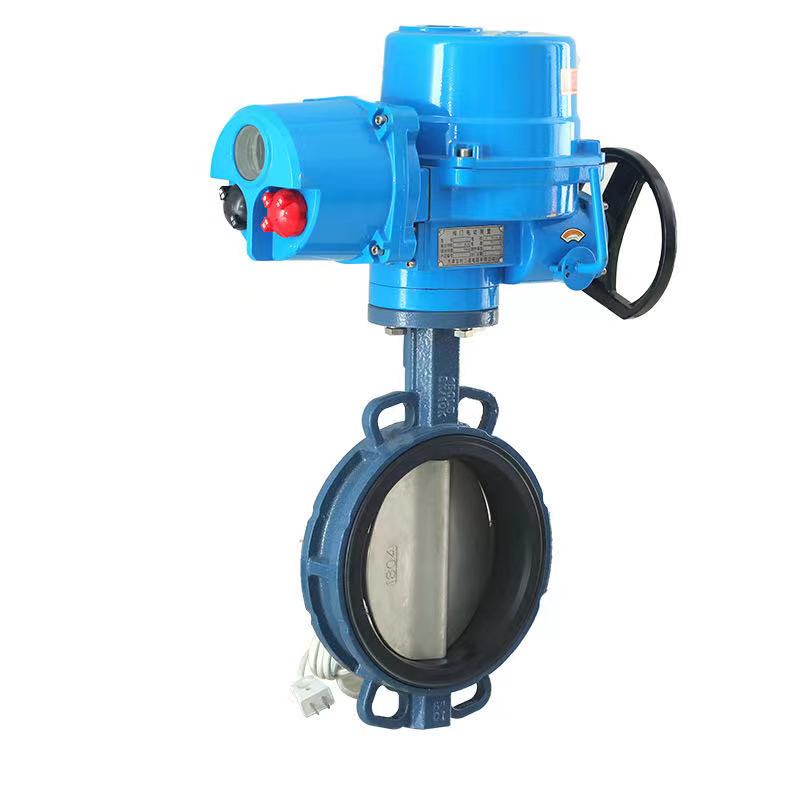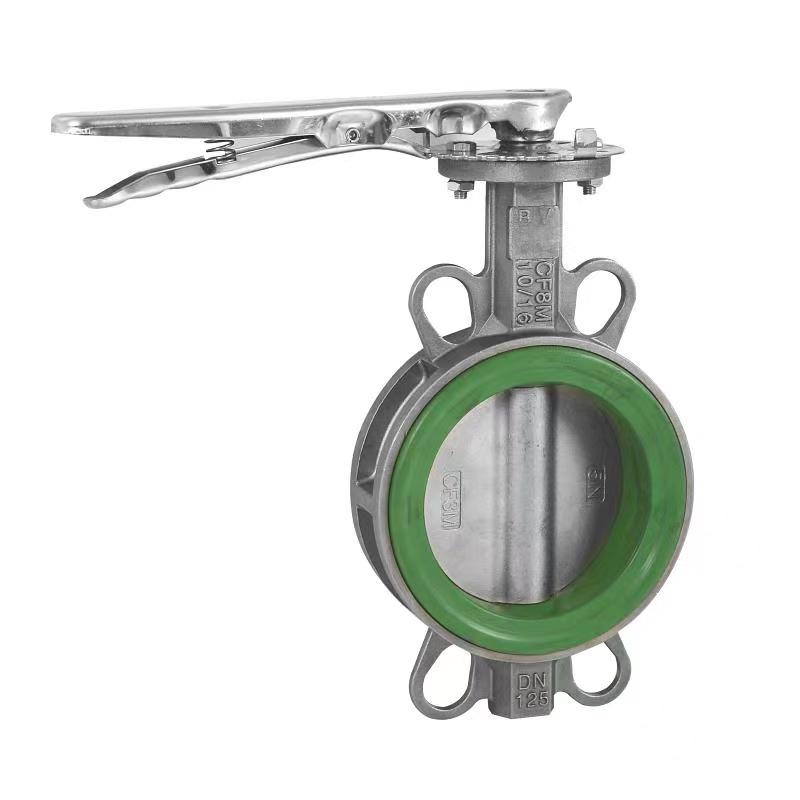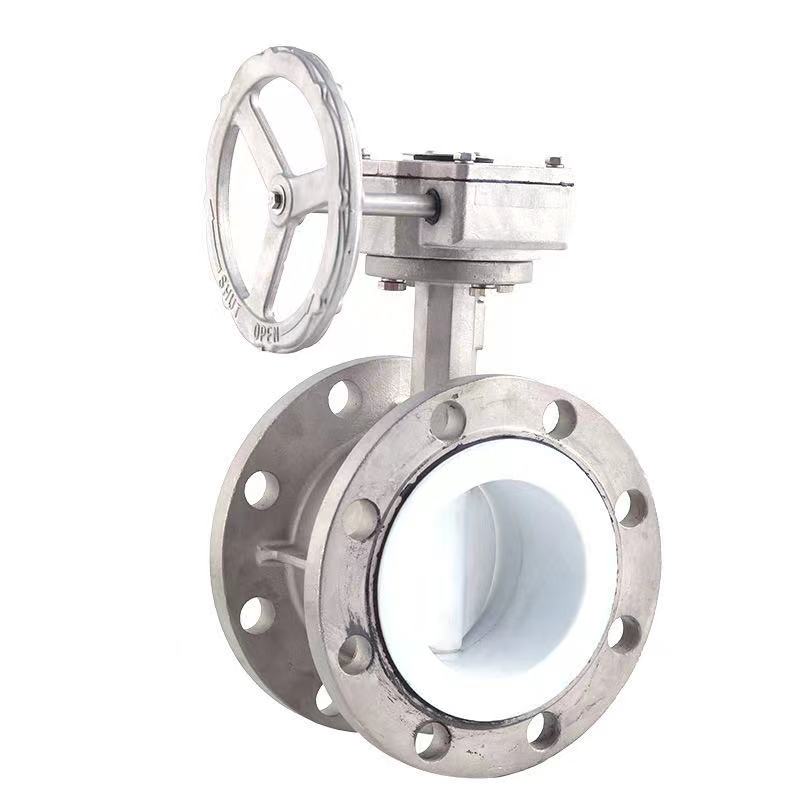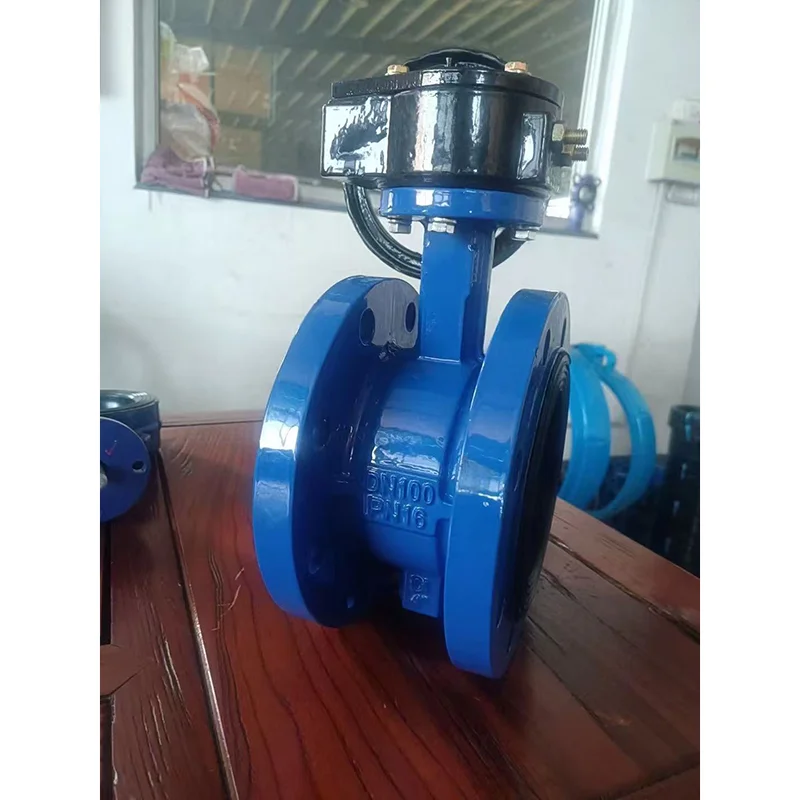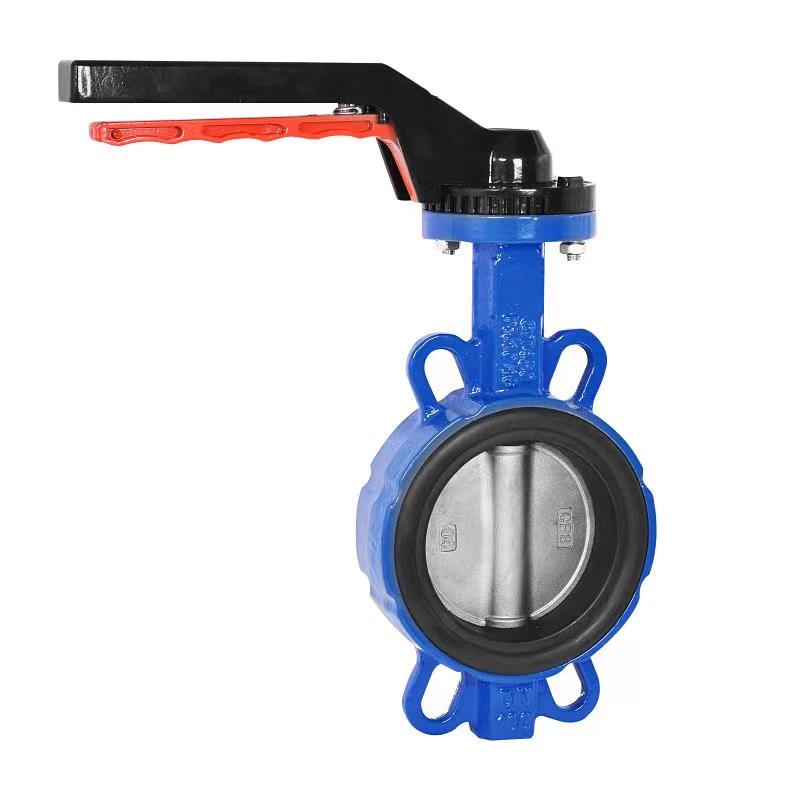- English
- Español
- Português
- русский
- Français
- 日本語
- Deutsch
- tiếng Việt
- Italiano
- Nederlands
- ภาษาไทย
- Polski
- 한국어
- Svenska
- magyar
- Malay
- বাংলা ভাষার
- Dansk
- Suomi
- हिन्दी
- Pilipino
- Türkçe
- Gaeilge
- العربية
- Indonesia
- Norsk
- تمل
- český
- ελληνικά
- український
- Javanese
- فارسی
- தமிழ்
- తెలుగు
- नेपाली
- Burmese
- български
- ລາວ
- Latine
- Қазақша
- Euskal
- Azərbaycan
- Slovenský jazyk
- Македонски
- Lietuvos
- Eesti Keel
- Română
- Slovenski
- मराठी
- Srpski језик
- Esperanto
- Català
- שפה עברית
- Cymraeg
- Latviešu
- icelandic
- ייִדיש
- беларускі
- Hrvatski
- Kreyòl ayisyen
- Shqiptar
- Malti
- lugha ya Kiswahili
- አማርኛ
- Bosanski
- Frysk
- ភាសាខ្មែរ
- ქართული
- ગુજરાતી
- Hausa
- Кыргыз тили
- ಕನ್ನಡ
- Corsa
- Kurdî
- മലയാളം
- Maori
- Монгол хэл
- Hmong
- IsiXhosa
- Zulu
- Yoruba
- অসমীয়া
- ଓଡିଆ
- Twi
- Samoa
- Sesotho
- සිංහල
- Gàidhlig
- Cebuano
- Somali
- Тоҷикӣ
- O'zbek
- Hawaiian
- سنڌي
- Shinra
- Հայերեն
- Igbo
- Sundanese
- Lëtzebuergesch
- Malagasy
- Tǝlam Kanuri
- Punjabi
- پښتو
- Chichewa
How to solve butterfly valve leakage?
2025-09-10
How to solve butterfly valve leakage?
Butterfly valves, as commonly used valves in fluid control systems, can affect the normal operation of the entire system in case of water leakage. Below is an introduction to the causes and solutions of butterfly valve leakage.
Leakage caused by sealing structure issues
The sealing structure of butterfly valves is the key to preventing water leakage. If the sealing ring ages and wears out, the sealing performance will be greatly reduced. During long-term use, impurities in the medium constantly wash away the sealing ring, or frequent switching operations can accelerate the wear and tear of the sealing ring. When it is found that the butterfly valve is leaking due to sealing ring problems, the sealing ring should be replaced in a timely manner. To choose a product with the same material and specifications as the original sealing ring, ensure that it can tightly fit the valve seat after installation and restore good sealing effect.
Improper installation causing water leakage
The installation process has a significant impact on the sealing performance of butterfly valves. If the butterfly valve is not aligned with the pipeline during installation, or if the flange bolts are not tightened evenly, it will cause water leakage during operation. For example, when installing large butterfly valves, due to limited operating space, installation personnel may not be able to accurately ensure coaxiality, resulting in gaps on the sealing surface of the butterfly valve under uneven stress. At this point, it is necessary to readjust the installation position of the butterfly valve, use tools such as a level to ensure that it is coaxial with the pipeline, and then evenly tighten the flange bolts to eliminate the risk of water leakage.
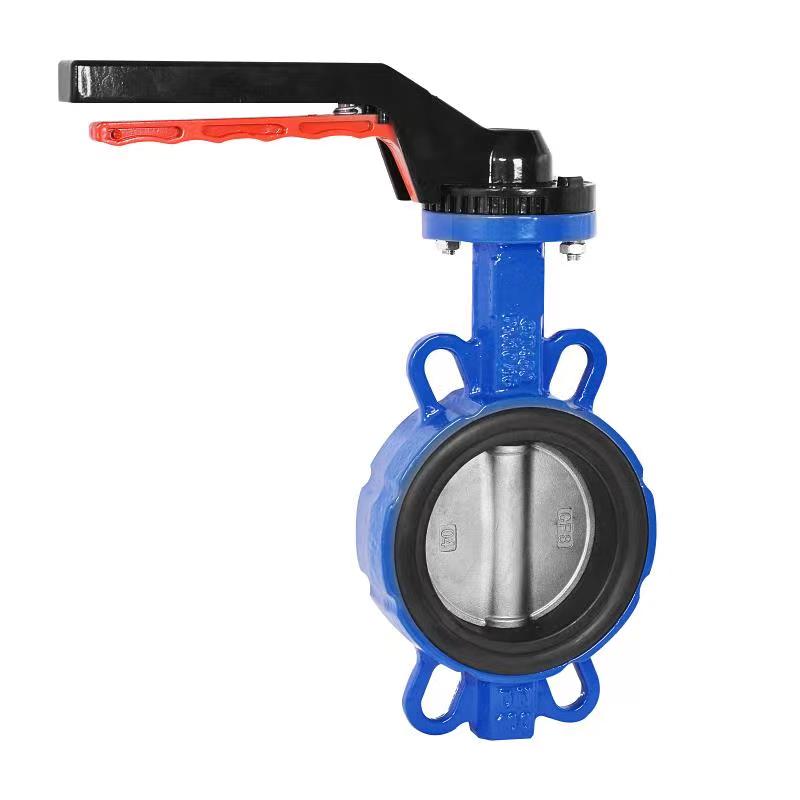
Insufficient operation and maintenance resulting in water leakage
Incorrect operation methods and lack of regular maintenance can also cause butterfly valves to leak water. Frequent and rapid opening and closing of butterfly valves can cause severe collisions between the valve plate and seat, resulting in damage to the sealing surface. Moreover, if not maintained for a long time, impurities will accumulate inside the butterfly valve, affecting its sealing performance. To avoid this situation, operators should slowly and smoothly open and close the butterfly valve according to the specifications, and develop a regular maintenance plan to clean, lubricate, and inspect the butterfly valve. Potential problems should be discovered and dealt with in a timely manner to ensure that the butterfly valve is always in good operating condition and effectively prevent water leakage.
Related News
- Can check valves prevent pump reversal
- What scenarios are check valves suitable for?
- What should I do if the check valve cannot stop the water?
- What should I do if there is leakage inside the check valve
- What are the types of check valves
- Are there any requirements for the installation direction of butterfly valves?
New Products






